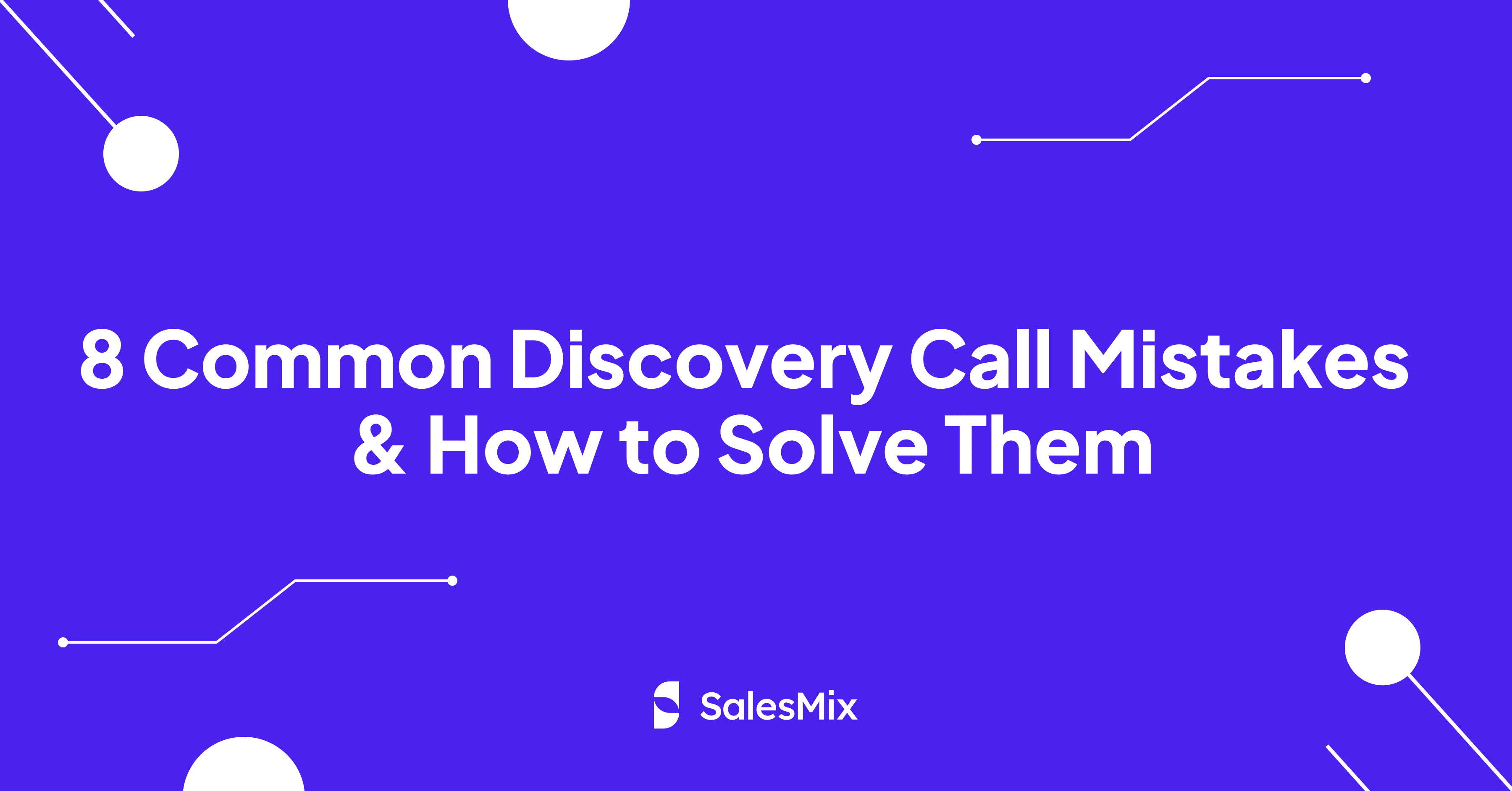Table Of Contents
What happens after a great sales demo? Do you simply thank the prospect and hope they’ll reach out when ready? This is where knowing the right questions to ask after a sales demo makes all the difference for the next steps in the sales process.
A well-executed demo may showcase your product’s features, but true connections start in the post-demo conversation. You can shift the focus from pitching to understanding by asking thoughtful, strategic questions.
The real goal? Building a more profound connection beyond the usual sales talk. I will discuss 7 such proven questions that can help you start the path of building trust and position yourself as more than just a vendor.
How does Asking The Right Question After A Sales Demo Help?
Asking the right questions after a sales demo is about showing the real value. It helps your prospects picture how your solution can genuinely make a difference in their success.
These thoughtful questions show you’re not just pushing a product; you’re invested in their goals. When you take a “challenger” approach during the cold email or cold calls, you help them rethink their current processes and see how your solution could bring meaningful improvements.
What are the Questions to Ask After A Sales Demo
Let’s look at the 7 proven questions that can bring you positive results after a sales demo.
7 questions to ask after a sales demo.
1. What excited you most about what we covered today?
Ending a sales demo by asking, “What aspect of our discussion today resonated most with you?” can be a great way to connect with your potential customers. This question shows that you’re genuinely interested in their needs and priorities.
You can gain valuable insights into what truly matters to them by encouraging the prospects to share their thoughts. Their responses can also reveal their challenges, letting you tailor your follow-up communication and future presentations accordingly.
Ultimately, this approach helps you build stronger customer relationships and develop more effective marketing strategies.
2. How does this compare to your current process?
This question encourages customers to evaluate how the solutions differ from their existing practices. It’s a critical step in highlighting your product’s improvements and added benefits.
Inviting customers to reflect on the differences helps them visualize the enhancements and efficiencies your solution could introduce into their workflow. This comparative approach clarifies the tangible benefits and subtly persuades customers of the value and potential impact of transitioning to your product. It can be a strategic question that bridges the gap between their current situation and your solution’s improved offering.
3. To what extent do you see this being helpful for your needs?
The shift from the traditional “How would this benefit you?” to a more open-ended and reflective question encourages a genuine and constructive dialogue with customers. By avoiding a potentially self-serving tone and focusing on the customer’s specific needs and challenges, this approach fosters a positive and collaborative exploration of how the product’s features can provide practical solutions.
4. How do you see your team utilizing this?
If your decision maker prospect is in a leadership position and not directly using the product, it’s super important to ask, “How do you see your team utilizing this?” It might seem simple, but this question really makes them understand how the product can benefit their team on a daily basis. It gets them thinking about how those features can make their work easier, help them get more done, and tackle the challenges they face all the time.
5. To what extent do you see this solving [business problem]?
This question is key to building on the pain points that you’ve discussed earlier. It gets customers thinking about how your solution could specifically benefit them and helps them imagine what things would look like if they used your product. This shows not only that your product is relevant to their situation but also that it can actually solve their problems. It’s a smart way to connect the advantages of your solution directly to the business issues that matter most to them.
6. It seems like this really resonated. Can you help me understand why?
This question is crucial when a specific aspect of your presentation resonates with the audience. By asking it, you better understand what truly interests the customer.
It allows you to uncover the features or solutions that captivated their attention and why those elements were so impactful. This feedback can become invaluable for refining future demonstrations and tailoring your communication to better address your audience’s needs and preferences.
7. It seems like this didn’t resonate as much as I thought. Where did I miss the mark?
This inquiry is pivotal when the presentation’s impact falls short of expectations or customer reactions are ambiguous. Asking where you might have missed the mark serves a dual purpose: it invites customers to share candid feedback and helps clarify any misunderstandings or gaps in communication.
This open conversation is crucial for two main reasons:
- First, it lets you understand misalignments between your message and the customer’s expectations or needs.
- Second, it helps you identify areas for improvement in your pitch or product offering.
This type of conversation not only rectifies immediate concerns but also deepens the relationship by showing genuine interest in aligning the product more closely with their needs. Ultimately, this approach ensures that the demo transcends a mere presentation, evolving into a meaningful exchange that addresses core issues and strengthens customer engagement.
Conclusion
Mastering the art of asking the right questions after a sales demo can be the difference between a prospect going cold and one moving further down the sales funnel. The seven questions can spark meaningful conversations and help potential customers see how your solution can offer value.
Moving forward, the focus should be on using these questions not as a checklist but as a means to foster genuine engagement. The goal is to shift the conversation from features and specs to real-world applications and benefits that resonate with your prospects. In the end, the right questions don’t just help you sell; they help you build lasting, valuable relationships.






